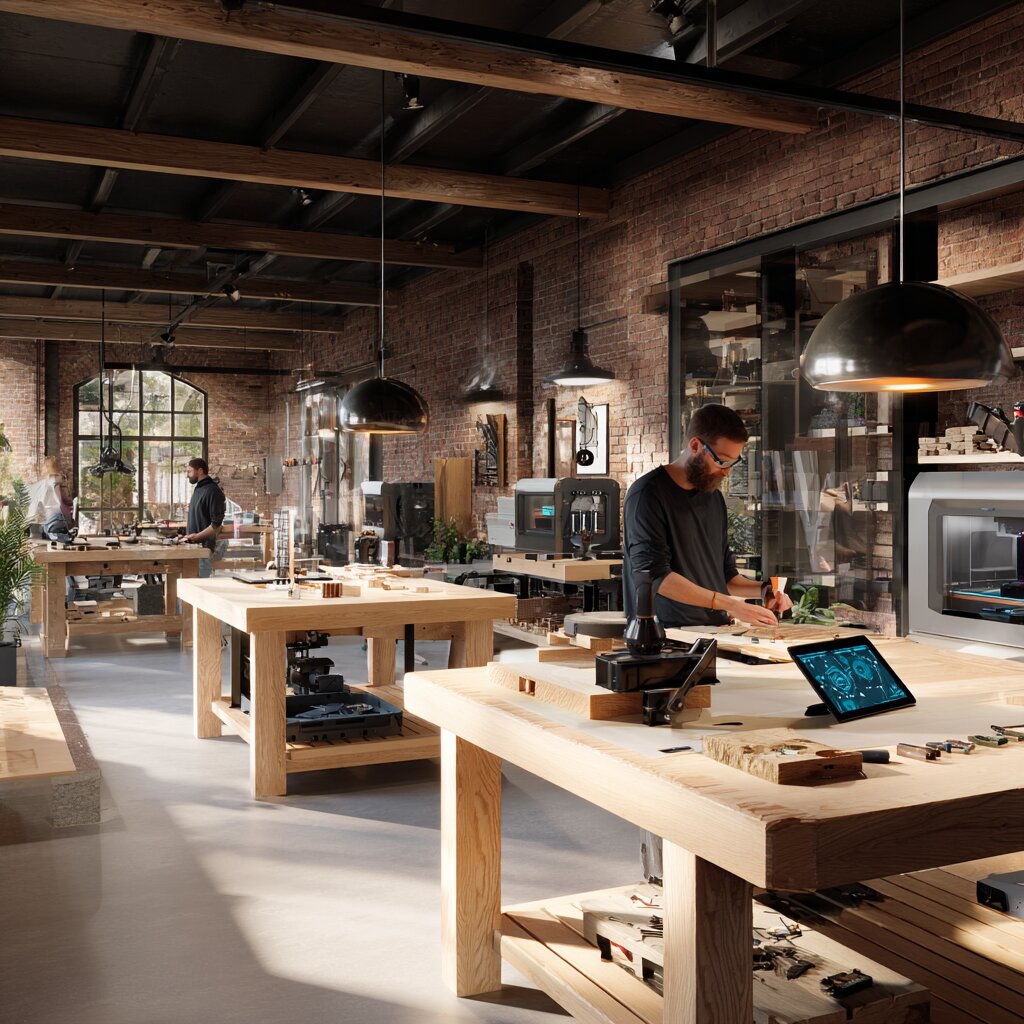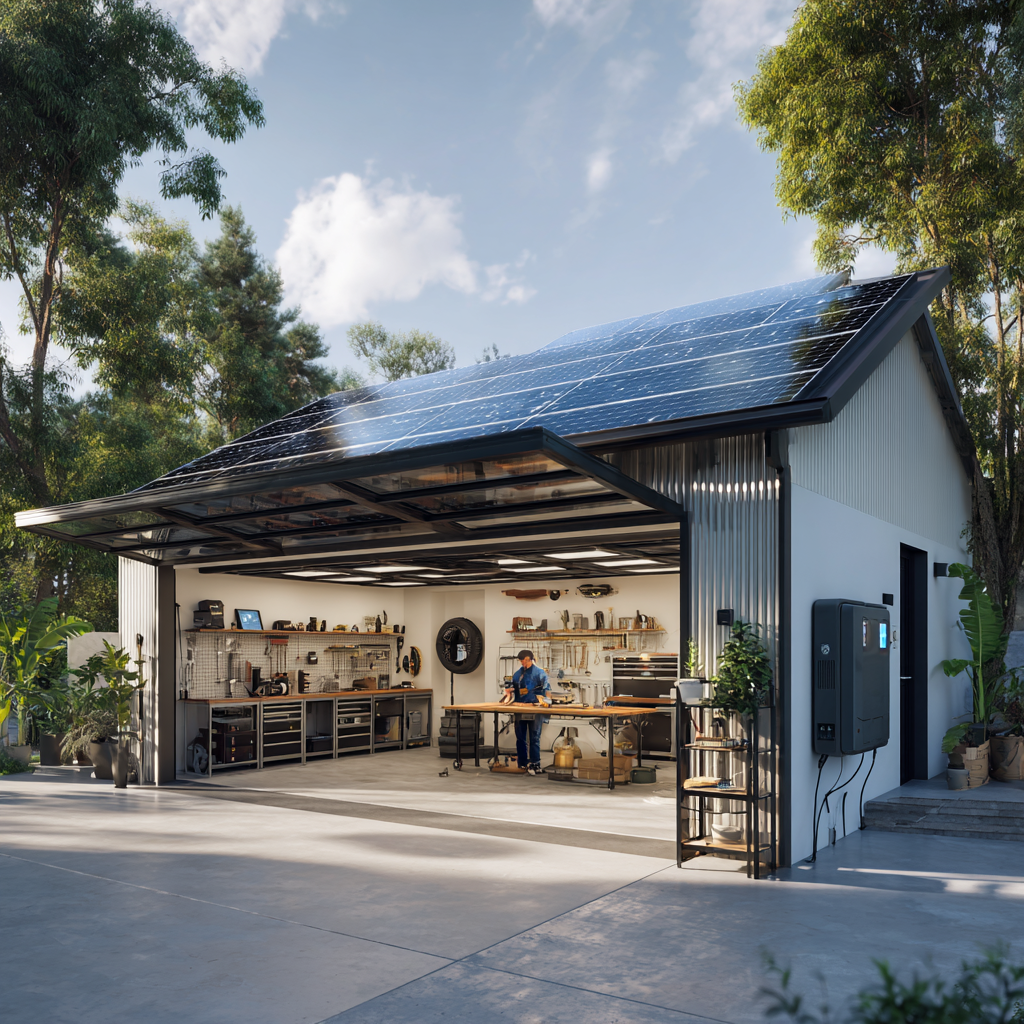Damaged Floor Repair: Laminate, Vinyl, Hardwood
Learn local floor repairs without replacing the entire surface. Special fillers, renovation techniques and protective coatings for DIY floor restoration.

Transform Your Home Into a Smart Paradise - 2025 Guide
Discover the latest smart home technology that will revolutionize your daily routine.
Damaged flooring doesn't have to mean complete replacement. Most defects can be repaired locally using special techniques and materials. This saves time and money while maintaining a uniform appearance across the entire surface.
Types of Floor Damage
Scratches and Scuffs
- Shallow surface defects
- Penetration to substrate
- Furniture scuffs
- Shoe sole marks
Dents and Gouges
- Point loading (high heels)
- Heavy object drops
- Long-term furniture leg pressure
- Thermal damage
Cracks and Holes
- Structural damage
- Wood drying/shrinkage
- Incorrect installation
- Mechanical damage
Color Changes
- UV radiation (fading)
- Moisture (stains)
- Chemical substances
- Material aging
Laminate Floor Repairs
Shallow Scratches
Repair waxes:
- Hard waxes in various colors
- Apply after heating
- Smooth with plastic card
- Finish with polishing cloth
Procedure:
1. Clean the area
2. Heat wax with hair dryer
3. Apply along scratch
4. Smooth with card
5. Let harden
6. Sand lightly with fine paper
7. Polish to shine
Deep Scratches and Dents
Special fillers:
- Two-component compounds
- Fast curing
- Color matching to sample
- Abrasion resistance
Aqua Coat Wood Grain Filler:
- For textured laminates
- Maintains texture
- Water-based
- Price: ~$30/500ml
Single Plank Replacement
For extensive damage:
Cut out damaged plank:
- Using oscillating tool
- Be careful with tongue and groove
- Don't damage adjacent planks
Prepare replacement plank:
- Remove tongue on one side
- Shorten by 2mm for easy installation
- Prepare joint adhesive
Installation:
- Insert groove into connection
- Tap into place
- Apply adhesive to edges
- Weight down for 24 hours
Vinyl Floor Repairs
LVT (Luxury Vinyl Tile)
Hot melt repair:
Materials:
- Glue gun with precision tip
- Vinyl in floor color
- Scraper or spatula
- Sandpaper 320-400 grit
Procedure:
1. Sand damaged area
2. Melt vinyl with glue gun
3. Apply into scratch
4. Level with scraper
5. Sand when hardened
6. Polish
PVC Floors
PVC repair kit:
- Contains various colors
- Activator and base compound
- Just mix
- Price: ~$25
Application:
- Clean and degrease
- Mix according to colors
- Press into defect
- Level with knife
- Sand after curing
Large Vinyl Holes
Patch technique:
- Cut damaged area into square shape
- Cut replacement from spare flooring
- Test fit (1mm clearance)
- Apply adhesive to edges
- Insert and press with roller
Hardwood Floor Renovation
Damage Classification
Finish only:
- Shallow scratches
- Dull surface
- Loss of shine
- Solution: finish renovation
Through to wood:
- Deep scratches
- Dents
- Stains
- Solution: local sanding + filling
Structural:
- Cracked boards
- Loose planks
- Wood rot
- Solution: board replacement
Renovation Waxes and Oils
Osmo Polyx Maintenance:
- Maintenance oil
- Restores protective layer
- No sanding needed
- Cloth application
Bona Refresher:
- One-time refresh
- For lacquered floors
- Extends lifespan
- Price: ~$18/liter
Local Sanding
Spot sanding technique:
Tools:
- Random orbital sander
- Papers 80→120→180→240 grit
- Dust extraction
- Renovation kit
Procedure:
1. Mark area (150% of damage)
2. Sand progressively with finer papers
3. Monitor depth (max 0.5mm)
4. Fill larger defects
5. Final sanding with 240
6. Apply finish/oil
Special Wood Fillers
Bona Mix & Fill:
- Mix with sawdust
- Exact color match
- High strength
- Professional use
Plastic Wood:
- Ready-to-use filler
- Various finishes
- Easy application
- Hobby use
Preventive Protection
Protective Coatings
Polyurethane finishes:
- High durability
- Renovation possible
- Various gloss levels
- Lifespan 7-10 years
Hard wax oils:
- Natural appearance
- Easy maintenance
- Local repair possible
- Lifespan 3-5 years
Mechanical Protection
Felt pads:
- Under furniture legs
- Self-adhesive
- Various sizes
- Prevents scratches
Protective mats:
- In high-traffic areas
- Under rolling chairs
- Transparent films
- Easy replacement
Common Repair Mistakes
Poor color matching:
- Insufficient testing
- Wrong lighting during selection
- No sample aging
Exceeding repair boundaries:
- Area too large
- Visible transitions
- Different gloss levels
Wrong technique:
- Layers too thick
- Insufficient curing
- Poor substrate preparation
Floor Repair Tools
Basic Equipment
Hand tools:
- Scrapers in various sizes
- Plastic cards
- Flexible putty knives
- Sanding blocks
Power tools:
- Random orbital sander
- Oscillating tool
- Heat gun
- Hot glue gun
Measuring tools:
- Wood moisture meter
- Temperature gun
- Color sample book
- Daylight lighting
Professional Tools
Floor Genie Kit:
- Complete renovation set
- Fillers in all colors
- Application tools
- Instructions included
- Price: ~$100
Economic Evaluation
Repair vs. Replacement Costs
Local repair (10 sq ft):
- Fillers/waxes: $20-50
- Tools: $80 (one-time)
- Time: 2-4 hours
- Total: $100-130
Floor replacement (200 sq ft):
- Material: $1,500-4,000
- Labor: $800-1,500
- Removal: $300-500
- Total: $2,600-6,000
Savings: 90-95% of costs
Return on Investment
Quality repair extends floor life by 5-10 years:
- Deferred replacement cost: $3,000
- Repair cost: $200
- ROI: 1,400%
When Not to DIY Repair
❌ Extensive damage:
- More than 10% of area
- Structural problems
- Moisture damage to substrate
❌ Historic floors:
- Antique hardwood
- Rare wood species
- Heritage protected buildings
❌ Warranty cases:
- Defective material
- Poor installation
- Warranty still valid
Post-Repair Maintenance
First 48 Hours
- Don't walk on repaired area
- Maintain stable temperature
- Ventilation without drafts
- No washing
Long-term Care
- Regular cleaning with pH neutral products
- UV radiation protection
- Monitor humidity (40-60%)
- Prevent mechanical damage
Conclusion
Local floor repairs are often more economical and practical than complete replacement. The key to success is proper damage diagnosis, selecting the right technique, and patience during implementation. With quality materials and tools, you can achieve professional results.
Have you repaired damaged floors? Which method worked best for you?
Smart Home Upgrade Package 2025
Transform your home with the latest smart technology
Transform Your Home Into a Smart Paradise - 2025 Guide
Discover the latest smart home technology that will revolutionize your daily routine.

